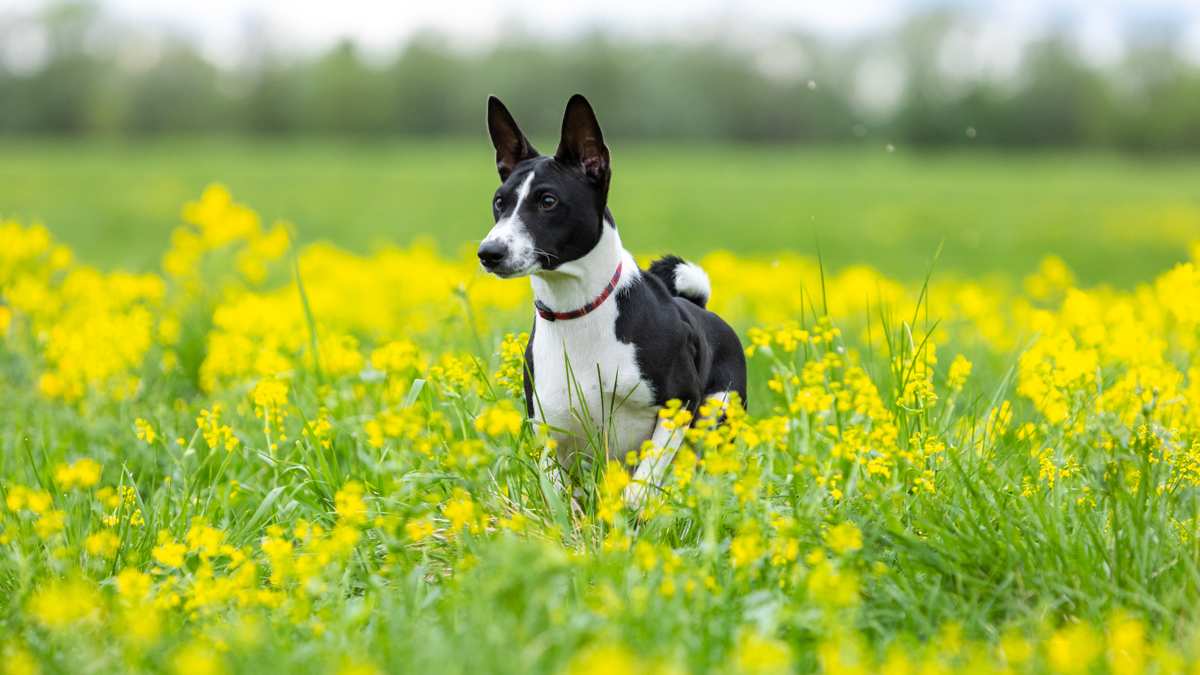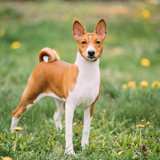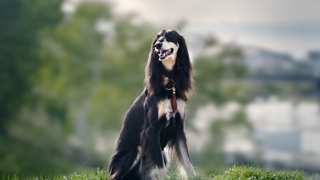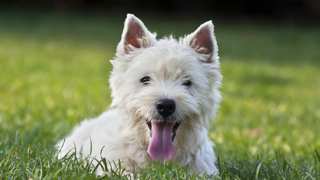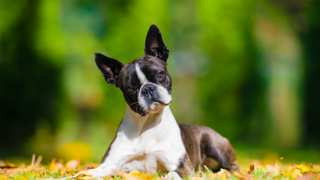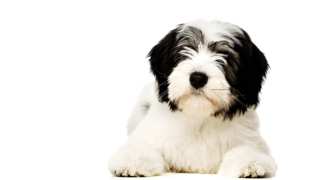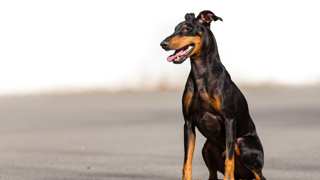Nutrition for dogs of this breed is especially important in maintaining their fitness and longevity. As an athletic breed, Basenji food will need to be packed with nutrients including animal proteins and carbohydrates for energy. In fact, breed experts say any food you buy for your Basenji will need to have a specific type of meat listed as its first ingredient (not simply "meat" or "meat by-products"). This means that the most sensible choice for these dogs is premium dry food; high-quality foods, while more expensive and difficult to obtain, will contain the necessary animal proteins and carbs that cheap dog food simply doesn't have. Basenjis can be picky eaters, though, so some owners say they like to mix in a bit of canned food or fresh meat with the dry food to make it more appealing to the dog.
Royal Canin, Blue Buffalo, and Taste of the Wild are three recommended brands that have excellent lines of premium food, and all will be great for the Basenji diet.
And how much premium food should you give your Basenji? An adult Basenji weighing 25 pounds--and the amount may vary depending on the dog's age, size, and activity level--will need 1-1¼ cups of dry food per day, divided into two meals. Basenji puppies, again depending on their age, will need a bit less: about ¾ cup of dry food per day, divided into three meals until they're six months old. And it's best to feed a young Basenji puppy food; sometime between 6-9 months, you can transition the dog to an adult formula by mixing the two together. For more info on feeding your Basenji, see the chart below:
Dog AgeDog WeightFood TypeAmountFrequency2 Months4 lbsDry (Puppy formula)0.1 cups3x/day3 Months7 lbsDry0.2 cups3x/day6 Months14 lbsDry*0.25 cups3x/day9 Months18 lbsDry* (Puppy/Adult)0.5 cups2x/day12 Months+23 lbsDry (Adult formula)0.6 cups2x/day*--Between 6-9 months, begin mixing a bit of adult food in with the puppy food. Over the course of a week, add more adult food to each meal until the Basenji is eating it entirely.
It's best to try and stick to the above-listed portions; while they may seem small, they're ample enough for these dogs. Over-feeding a Basenji is not a good idea--though this breed doesn't have a high tendency for obesity, a fat Basenji will have joint, digestive and breathing issues, not to mention a shortened lifespan. You can control your Basenji's weight in several ways: establishing a consistent feeding schedule so the dog gets used to eating at the same time every day; giving the Basenji plenty of exercise; no feeding of table scraps; and by no means should you "free-feed" your Basenji (or leave food in its bowl all the time, in other words, allowing the dog to eat anytime it wants). It's best to put your Basenji's bowl down only at mealtimes, then pick it up 15-20 minutes after it begins eating.
If you're worried your Basenji is overweight, give the dog this simple Ribs Test: run a hand along its side, and if you can't feel any ribs, it's diet time. Reduce your Basenji's daily food consumption by one-fourth, and add an extra walk or play period to its daily exercise schedule.
